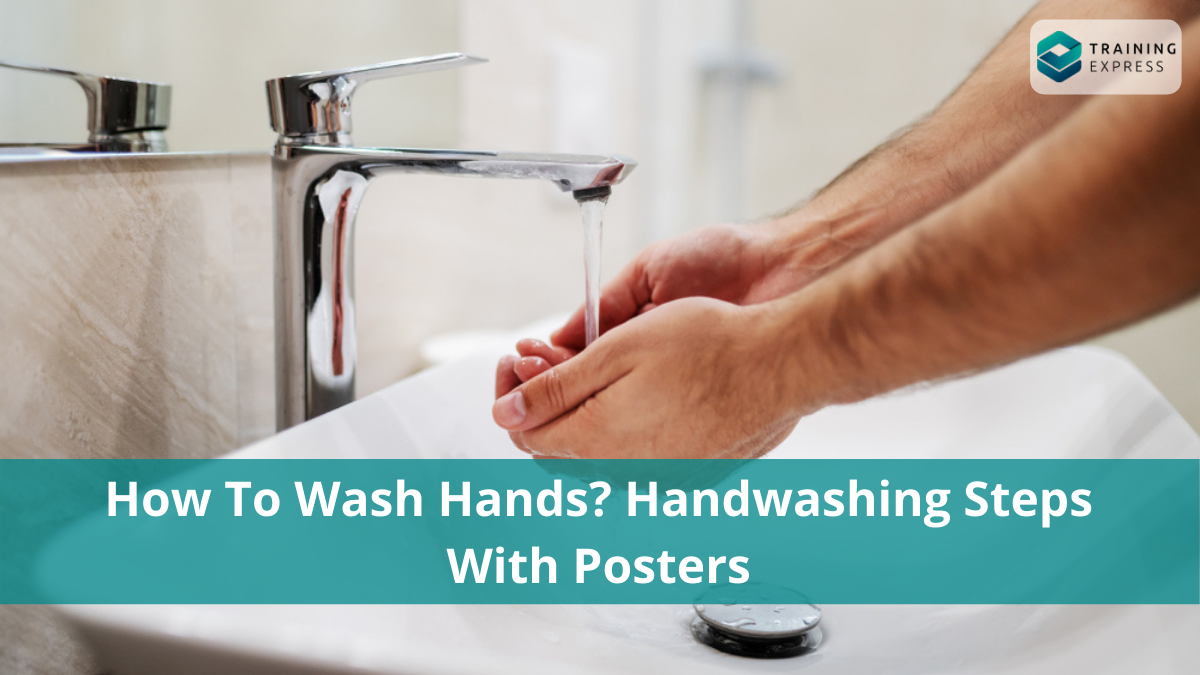How to use a hand sanitiser?
- Apply the sanitiser in a cupped hand (read the label to learn the correct amount).
- Rub your hand palms together (try rotational rubbing and one palm over another).
- Rub your palms with fingers interlaced.
- And rub until your hands are dry.
However, hand sanitisers are potentially flammable. Therefore, you must store them away from high temperature and flames. Moreover, you should keep hand sanitisers out of young children’s reach because alcohol-based hand sanitisers can cause alcohol poisoning if a couple of mouthfuls are swallowed. So, you must supervise their use.
Sanitising wipes
Sanitising wipes are a good alternative to handwashing, especially during travelling in the absence of soap and water.
Handwashing using hand sanitising wipes is an alternative during travelling in the absence of soap and water.
Ash or mud
Many people in the developing world can barely afford soap. Therefore, the World Health Organisation (WHO) recommended ash or sand as a substitute for soap when soap isn’t available. However, it’s unclear whether the use of ash to wash hands is effective at reducing the spread of germs compared to washing with mud, not washing or washing with water only.
However, ash is also a disinfectant, just like soap because, in contact with water, it can form an alkaline solution.
Low-cost alternatives
There are some low-cost alternatives to soap and the instalments of handwashing materials. These are given below.
Soapy water
You can easily make a low-cost alternative to a bar soap using plastic soda bottles and filling it with a water solution of locally available detergent.
Tippy-taps
A tippy-tap style hand sink can be made in several ways. You can use a container (i.e. a large can or bottle) and drill a hole near the top. Then attach a string and pedal at the top of the container so that it can be used to tilt the water container to flow the water. This setup is more hygienic as the users won’t get in contact with the water outlet.
